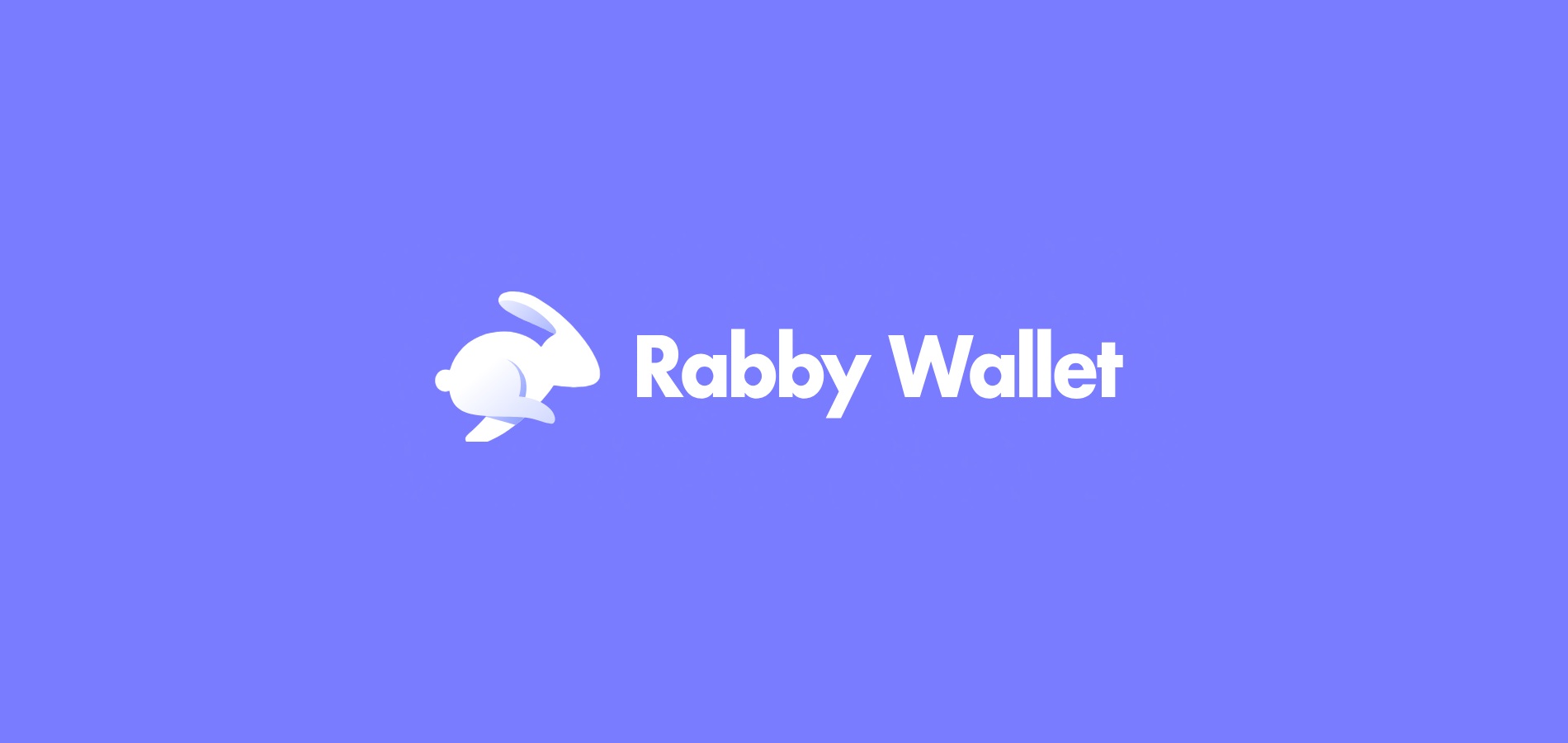So I was thinking about how messy crypto wallets can get. Seriously, juggling assets across different chains feels like herding cats. You open MetaMask, then switch to some other wallet, and before you know it, you’re losing track of where your tokens even live. Wow! This scattered chaos isn’t just inconvenient — it’s risky.
At first, I figured, “Okay, just keep everything on Ethereum and call it a day.” But then I realized, nah, that’s not how DeFi rolls anymore. Each chain has its perks and quirks, and ignoring them means missing out big time. Tracking your portfolio across multiple chains isn’t just a fancy feature; it’s become a necessity.
Here’s the thing. The more chains you dabble in, the more you need that seamless oversight—something that can keep tabs on your assets no matter where they are. Otherwise, you end up blind to your own holdings, which is like leaving cash under your mattress without counting it.
But let’s not stop at portfolio tracking. There’s also this whole headache around MEV — miner extractable value. At first glance, it sounds geeky, but it’s basically front-running, sandwich attacks, and other nasty stuff happening behind the scenes. I remember when I first heard of MEV, my gut said, “This could eat into your gains without you even knowing.”
Actually, wait—let me rephrase that. MEV is more than just annoying; it’s a silent tax on your DeFi activities. And if you’re not shielding yourself, well, you’re basically leaving money on the table every single time you swap or provide liquidity.
Okay, so check this out — gas optimization. Man, this one bugs me. I’ve been hit with some ridiculous fees during network congestion. Sometimes it felt like paying $30 just to move $50 worth of tokens. Oof. That’s not sustainable, especially if you’re trying to be active with smaller trades.
Now, gas optimization isn’t just about saving pennies. It’s about making DeFi accessible and efficient. When every transaction becomes a mini financial decision because of fees, it slows down the whole ecosystem. On one hand, you want security and decentralization, but on the other hand, if fees are sky-high, adoption stalls. Though actually, some tools have started to tackle this balance pretty well.
Here’s an aha! moment I had recently — the rabby extension isn’t just another wallet plugin. I tried it out because I was curious about its multi-chain support, and honestly, it blew me away. Not only does it track assets across Ethereum, BSC, Polygon, and more, but it also has built-in MEV protection and gas-saving features baked right in. It’s like having a smart assistant who’s got your back with every transaction.
What really caught my attention was how intuitive the UI was. Usually, these crypto tools feel like they were designed by engineers for engineers, but this one hits a sweet spot — simplicity without dumbing down. Plus, being a browser extension means it fits naturally into your workflow instead of forcing you to jump between apps.
Whoa! I gotta admit, my initial skepticism about these “all-in-one” wallets faded pretty fast. The real test was during a high gas fee period last week. I made a swap and noticed the gas optimization kicked in automatically, saving me a noticeable chunk. It felt like getting a discount without lifting a finger.
But there’s more to it. MEV protection isn’t just about avoiding bad actors; it’s also about improving transaction reliability. When bots and miners jockey for priority, some transactions get stuck or fail unexpectedly. The rabby extension’s approach tries to minimize these issues by optimizing the order and timing of your transactions, which is kinda brilliant.
On a personal note, I’m biased, but this kind of tool makes DeFi feel less like a gamble and more like a calculated investment. I mean, sure, there’s always risk, but when your wallet is actively working to protect you and save on fees, it tilts the odds a bit more in your favor.
Plus, let’s be honest — the daily grind of checking multiple wallets, watching gas prices, and worrying about MEV bots is mentally draining. The automation and smart defaults provided by such extensions free up mental bandwidth for more important stuff, like actually strategizing your portfolio moves.

And oh, by the way, the portfolio tracking isn’t just a static dashboard. It updates in real-time, factoring in token price changes, cross-chain swaps, and even NFT holdings. This comprehensive overview means you’re less likely to miss out on sudden market moves or arbitrage opportunities.
That said, it’s not magic. No wallet extension can fully protect you from every risk. There are always trade-offs between convenience and control. For example, some hardcore users might worry about privacy or the extension’s access permissions. I’m not 100% sure how deep those concerns run, but it’s definitely something to keep on the radar.
Still, for most DeFi users juggling multiple chains, the benefits outweigh the risks. Think of it like wearing a seatbelt — it might not prevent every accident, but you’d be crazy not to use it.
So, what’s next? I’d say keep an eye on tools like the rabby extension that combine multiple functionalities in one package. The crypto space is evolving fast, and the days of siloed wallets and manual tracking feel like a relic of the past.
At the same time, don’t forget that nothing replaces good personal security habits. Use hardware wallets when you can, double-check transaction details, and stay informed about the latest MEV exploits and gas trends.
All in all, the convergence of portfolio tracking, MEV protection, and gas optimization in a single browser extension is a subtle but significant shift. It empowers users to be smarter, faster, and safer in navigating the wild frontier of DeFi.
Anyway, I’m curious—how many of you have felt the pain of losing track or getting rekt by fees lately? If you haven’t tried a multi-chain wallet with these features, maybe now’s the time. Just something to think about…
